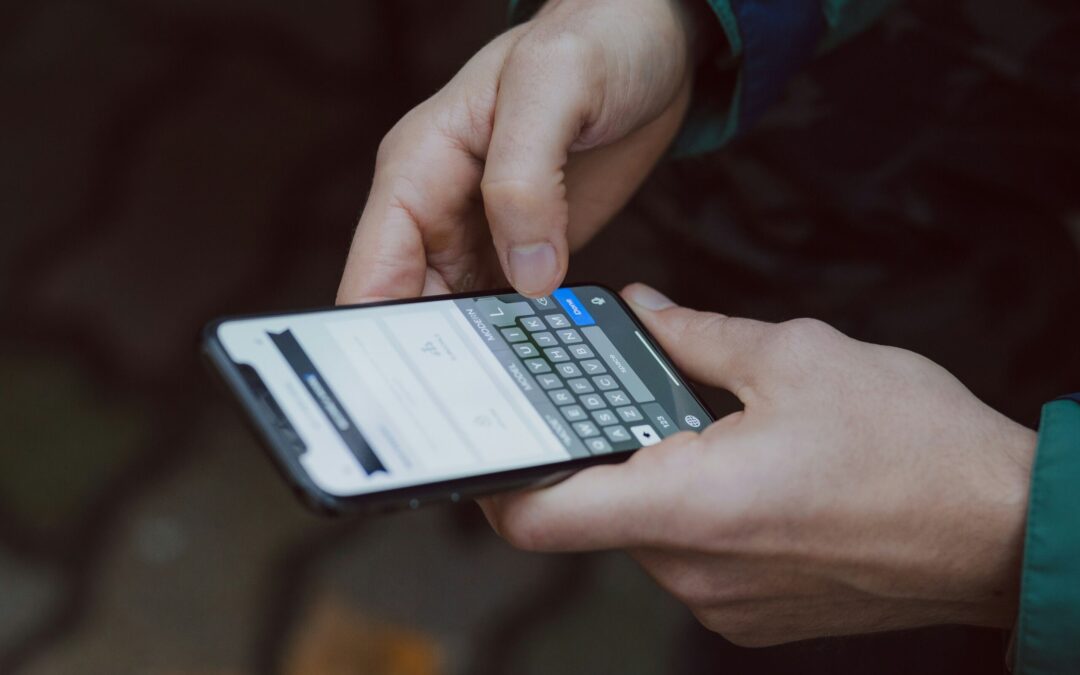A small sip of bleach might not kill you, but it will burn your insides so badly that you’ll regret your choice forever. Turns out, the effects of social media for adolescents aren’t too dissimilar to that tantalizing first sip of bleach.
The negative mental health side effects of social media on adolescents have been well documented, as preteens and teens are more likely to experience depression, anxiety, sleep issues, and even suicidal ideation.
From a policy perspective, concerns about adolescent mental health are easy to toss aside. Improving the mental health of a hormone-ridden preteen has always been a deeply individualized task, and one perhaps left up to parents.
However, new research confirms what many people have already suspected: adolescent social media use has insidious effects on young people’s cognitive ability.
The study, published in JAMA, was conducted by a team of researchers including pediatrician Jason Nagata of the University of California, San Francisco. The researchers began with data from one of the largest ongoing studies of adolescent brains, the Adolescent Brain Cognitive Development (ABCD) Study, which has been following thousands of preteens as they go through adolescence to understand their brain development. Nagata’s team used data on over 6,000 children, beginning in ages 9 and 10.
Children were classified into three groups, depending on their evolving patterns of social media use over the next few years.
They classified the kids into three groups based on their evolving patterns of social media use. The largest group, about 58 percent of the kids, used “very low amounts or no social media”. The second-largest group, about 37 percent of kids, were classified as “low increasing” levels of social media, as they gradually increased social media use throughout their puberty until they were spending about an hour each day on social media by age 13. The smallest group, classified as the “high increasing social media group”, representing 6 percent of kids, spent about three or more hours a day on social media by age 13.

All children were given a range of tests at the beginning and throughout the study to measure their cognitive ability through adolescence. Tests examined their reading and vocabulary skills by, for example, asking them to correctly match pictures to words or correctly pronounce and identify words flashed on a screen.
The research team found that social media use had a very perceivable effect on adolescent cognitive ability. The low increasing users performed lower on the tests than the non-users, and the high increasing users performed much lower than the non-users. Nagata said that
What was notable actually to me and perhaps surprising was that even the low [increasing] social media users, so those who had about one hour a day by age 13, did perform on average 1 to 2 points lower on the reading and memory tasks compared to the non-social media users…So those who had the highest social media use have lower scores, but even the low users had smaller differences in their cognitive scores.
Adolescence is a significant time for brain development. It’s one of the biggest moments for the brain to reorganize, create scaffolding for future learning, and grow. This study highlights that social media use hampers brain growth during a deeply crucial period.
Since social media use tends to increase throughout the teen years, there might be higher effects on cognition as the years continue. Gamified social media apps are designed by gambling experts to create addictive patterns, meaning that there are high levels of addiction-like behaviors among tweens and young teens that are armed with a smartphone. Adolescent users who use social media heavily have been found to have brains that reward real-life encounters that mirror social media, like rapid, constant feedback and positive peer review.
No child should have to experience the shackles of addiction. Even if they find the ability to kick the social media habit, their decreased abilities and subsequently deficient knowledge base may be malformed for the rest of their life. Recent national exam scores were lower than they have been in decades, with declines mapping generally on to the advent of the smartphone. One question asked high school seniors to tally up a restaurant check and calculate the tip — only one in four could successfully do so.
These addictive social media accounts are causing measurable harms to children’s cognitive function that will negatively impact their lives and inhibit future American society. Some state policymakers have stepped up to protect children by passing age verification laws or requiring parental consent for children to create a social media account. Minnesota has passed laws that protect content creators who are minors, but has not passed age verification laws.
Since any tech-savvy teen can find a workaround to an age verification requirement, especially when social media companies aren’t trying too hard to keep them out, more can be done. On average, students are on their phones during an entire quarter of the school day. States like Arkansas and New York have passed fully funded cell phone bans in order to save students from their addictive cravings during the school year. Let’s hope that Minnesota is next.

